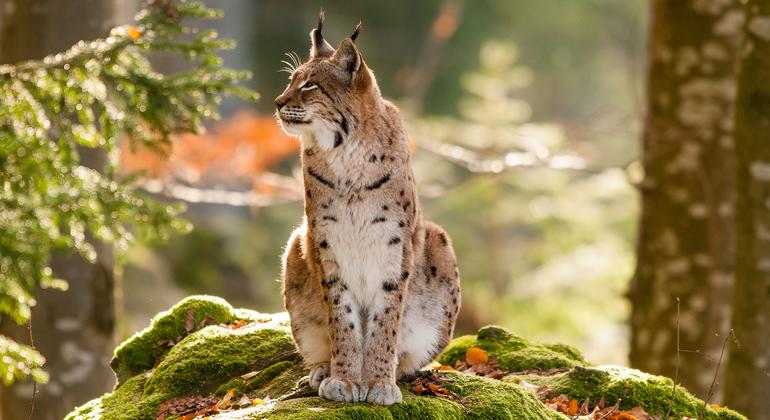UNESCO designates 11 new biosphere reserves

These new names are found in Colombia, Dominican Republic, Gambia, Italy, Mongolia, Philippines, South Korea and Spain.
In addition, for the first time, the list includes two transboundary protected areas, spanning Belgium and the Netherlands, and Italy and Slovenia.
Audrey Azoulay, General Director UNESCO emphasize that these designations come at a time when humanity is “grappling with the biodiversity crisis and climate change.”
“At a time when the international community is being called on to increase the number of protected areas, these new areas Biosphere Reserves “plays an essential role in sustainably conserving biodiversity, improving the living conditions of local and indigenous people, and promoting scientific research,” she added.
Biosphere reserves are nominated by national governments and remain under the sovereign authority of the countries in which they are located. They are Nominated is carried out by UNESCO through an intergovernmental designation process under the People and Biodiversity (MAB) Programme.

Kempen-Broek Transboundary Biosphere Reserve.
Important purpose
UNESCO emphasizes that biosphere reserves play an important scientific role as sites for research and monitoring, providing valuable data and information for making decisions on environmental management and policy.
Furthermore, they help achieve global development goals such as those set out in the Kunming-Montreal Global Biodiversity Framework, which includes the goal of protecting and restoring significant parts of the Earth’s ecosystems by 2030.
They also promote unique local sustainable development ideas, protect biodiversity and combat climate change.
Global Biosphere Reserve
New reserves bring World Network of Biosphere Reserves There are 759 locations in 136 countries and it covers a total area of 7,442,000 km2 (about 2,870,000 square miles), which is roughly the size of Australia.
There are approximately 275 million people living in biosphere reserves worldwide.
This network includes all major representative natural and semi-natural ecosystems.




